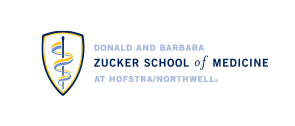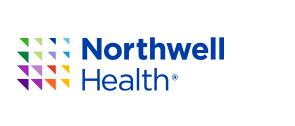Machine Learning Applied to Registry Data: Development of a Patient-Specific Prediction Model for Blood Transfusion Requirements during Craniofacial Surgery Using the Pediatric Craniofacial Perioperative Registry Dataset
Publication Date
2020
Journal Title
Anesth Analg
Abstract
BACKGROUND: Craniosynostosis is the premature fusion of ≥1 cranial sutures and often requires surgical intervention. Surgery may involve extensive osteotomies, which can lead to substantial blood loss. Currently, there are no consensus recommendations for guiding blood conservation or transfusion in this patient population. The aim of this study is to develop a machine-learning model to predict blood product transfusion requirements for individual pediatric patients undergoing craniofacial surgery. METHODS: Using data from 2143 patients in the Pediatric Craniofacial Surgery Perioperative Registry, we assessed 6 machine-learning classification and regression models based on random forest, adaptive boosting (AdaBoost), neural network, gradient boosting machine (GBM), support vector machine, and elastic net methods with inputs from 22 demographic and preoperative features. We developed classification models to predict an individual's overall need for transfusion and regression models to predict the number of blood product units to be ordered preoperatively. The study is reported according to the Transparent Reporting of a multivariable prediction model for Individual Prognosis Or Diagnosis (TRIPOD) checklist for prediction model development. RESULTS: The GBM performed best in both domains, with an area under receiver operating characteristic curve of 0.87 ± 0.03 (95% confidence interval) and F-score of 0.91 ± 0.04 for classification, and a mean squared error of 1.15 ± 0.12, R-squared (R2) of 0.73 ± 0.02, and root mean squared error of 1.05 ± 0.06 for regression. GBM feature ranking determined that the following variables held the most information for prediction: platelet count, weight, preoperative hematocrit, surgical volume per institution, age, and preoperative hemoglobin. We then produced a calculator to show the number of units of blood that should be ordered preoperatively for an individual patient. CONCLUSIONS: Anesthesiologists and surgeons can use this continually evolving predictive model to improve clinical care of patients presenting for craniosynostosis surgery. (Anesth Analg 2021;132:160-71).
Volume Number
132
Issue Number
1
Pages
160-171
Document Type
Article
Status
Faculty
Facility
School of Medicine
Primary Department
Anesthesiology
PMID
DOI
10.1213/ANE.0000000000004988


